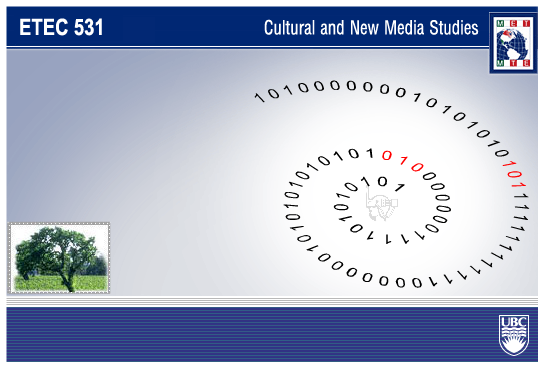“Doing Old Things in New Ways” & “Doing New Things in New Ways”
Unknown
Lessons Learned from Pioneering
(adapted from the York Regional District School Board, n.d.)
The pioneers and Aboriginal peoples had conflicting plans about the use of the land. The pioneers believed they had the right to own the land and change it by clearing the forest for their settlements and building villages. The Aboriginal peoples believed that the land was for everyone to use and share.
The lesson learned is that the early pioneers learned many important things from the Aboriginal peoples (the people who were already here). The Aboriginal peoples taught the pioneers much about farming and planting crops, medicinal use of local plants, which local plants, berries and animals were good for food and clothing, and where the trails were to traverse the land.
The point is, that it is very important to learn from those who have already began the initiatives and credit must be given to those who came before us and started the learning journey.
 ETEC 531: Cultural and New Media Studies (elective course)
ETEC 531: Cultural and New Media Studies (elective course)
In this course I learned about new media technologies and how they have intensified and transformed the way we communicate, learn, and the way we teach. These technologies have transformed the student and transformed the teacher. But what is the nature of these changes? In terms of this course, “Cultural and New Media Studies” are specifically oriented toward understanding the ways in which culture, nature and technology are converging to intensify and transform everyday life. This course provided a forum for exploring technocultural issues such as cyborgs and hybridity, digital property, cyberpunk fiction, the posthuman, AI and AEI, information warfare, virtual reality, third nature and religion.
Artifacts
(below) Practice Project: I Am an Artist
http://youtu.be/n_-EZr_0K5s
(below)Technology Artifact 1: Four Periods of Cyber Culture (Professor’s Response)
Please note that this says ETEC 532 but it was a typo that I didn’t notice. Imagine! However, the professor’s response and the content certainly align with ETEC 531.
http://youtu.be/vrHb4u2p5k8
(below))Technology Artifact 2: Mitigating Cyberbullying (Professor’s Response)
General Reflection:
- I thoroughly enjoyed working on these media productions. I learned a great deal in seeking out the various software and the various items to be included to get my message across.
- I learned that the short video clips that I see that are very nicely polished have had many hours of work put into them. 🙂
Reflecting toward the future:
What do I see as the supports that would help me to further cultivate my practice of pioneering leadership?
- I see that having students create short video clips to demonstrate their learning is an excellent constructivist learning activity.
- I realize that I need to continue to hone the skills that I began to develop in this course as if these skills are not used on a regular basis they could become “rusty” in a very short period of time.
How does theory learned in this course offer me insights about how I might nurture a change in the culture of my community?
- Murphie & Potts (2003) taught me, through a discussion on cybernetics, that the most essential characteristic is the interactions that come from feedback.
- In the essay The Question Concerning Technology, Heidegger stated that “there [is] nothing technological about technology”. He stated that technological determinism poses a great danger to our way of life and our ability to think (Murphy & Potts, 2003, p. 164). While technology should signify the rational process by which challenges encountered in human activity are remedied, it is rare that those who embed technology into human activity engage in the rational process of analyzing its consequences. Therefore, it follows that simply integrating technology in the classroom is not enough; students have to understand how technology impacts them and the world around them.
- I learned about the importance and significance of copyright and its significance in New Media Studies. The Copyright Act is available in HTML and also the Copyright Act is available in PDF.
Implementation, surprises, and consequences? Regrets?
- I found this course very interesting and the reading materials package was very user friendly. My peers and instructor quickly formed a wonderful learning community through an innate sense of peer collaboration. The format for multi-media productions was “wide-open” and this provided me with the creative freedom that I needed to develop my own perspectives on course readings and my multi-media products.
- No regrets!
How does this project affect practice or what new perspectives have you discovered in reflection?
- I have extended this learning to other aspects of my work life. I have created multi-media presentations to educate my staff about various protocols in the district. I have even created a few presentations for staff retirements.
- I certainly see the power behind such a presentation. However, the amount of time put in to creating such a presentation is lost on the viewer!
Next Steps:
- This concept of using video in the classroom to make a shift in the “dispenser” of knowledge is well articulated in the “Flipped Classroom”. I want to learn more about this and this site has helped me a great deal: The Flipped Class Manifest.
| Pioneer Trail | ||||
| Bullet Trail |